Martin Feder
Lessons Learned Report: Super-Resolution for Detection Tasks in Engineering Problem-Solving
Mar 01, 2023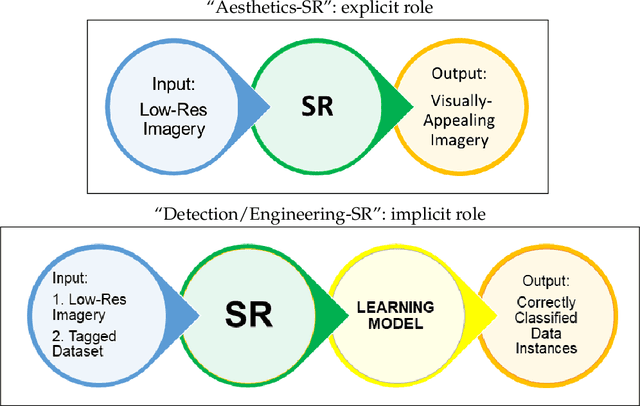
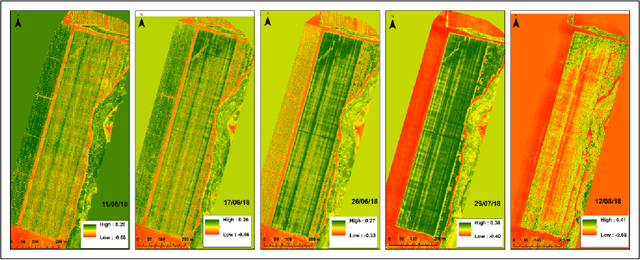
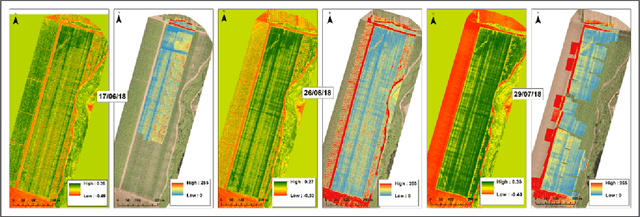
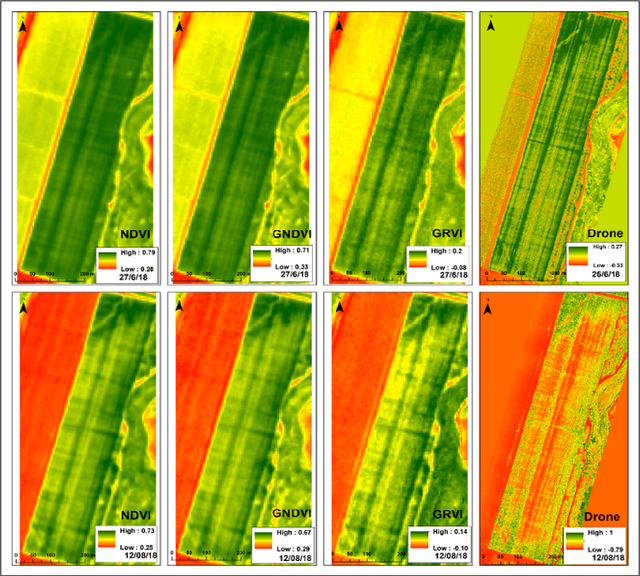
Abstract:We describe the lessons learned from targeting agricultural detection problem-solving, when subject to low resolution input maps, by means of Machine Learning-based super-resolution approaches. The underlying domain is the so-called agro-detection class of problems, and the specific objective is to learn a complementary ensemble of sporadic input maps. While super-resolution algorithms are branded with the capacity to enhance various attractive features in generic photography, we argue that they must meet certain requirements, and more importantly, that their outcome does not necessarily guarantee an improvement in engineering detection problem-solving (unlike so-called aesthetics/artistic super-resolution in ImageNet-like datasets). By presenting specific data-driven case studies, we outline a set of limitations and recommendations for deploying super-resolution algorithms for agro-detection problems. Another conclusion states that super-resolution algorithms can be used for learning missing spectral channels, and that their usage may result in some desired side-effects such as channels' synchronization.
Data-Driven Prediction of Embryo Implantation Probability Using IVF Time-lapse Imaging
Jun 02, 2020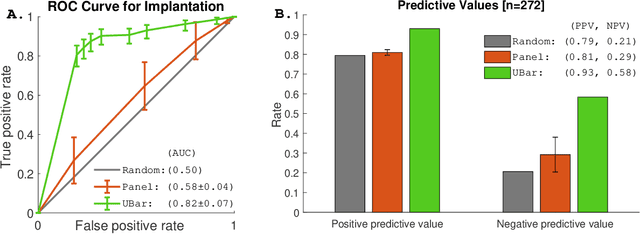
Abstract:The process of fertilizing a human egg outside the body in order to help those suffering from infertility to conceive is known as in vitro fertilization (IVF). Despite being the most effective method of assisted reproductive technology (ART), the average success rate of IVF is a mere 20-40%. One step that is critical to the success of the procedure is selecting which embryo to transfer to the patient, a process typically conducted manually and without any universally accepted and standardized criteria. In this paper we describe a novel data-driven system trained to directly predict embryo implantation probability from embryogenesis time-lapse imaging videos. Using retrospectively collected videos from 272 embryos, we demonstrate that, when compared to an external panel of embryologists, our algorithm results in a 12% increase of positive predictive value and a 29% increase of negative predictive value.
 Add to Chrome
Add to Chrome Add to Firefox
Add to Firefox Add to Edge
Add to Edge